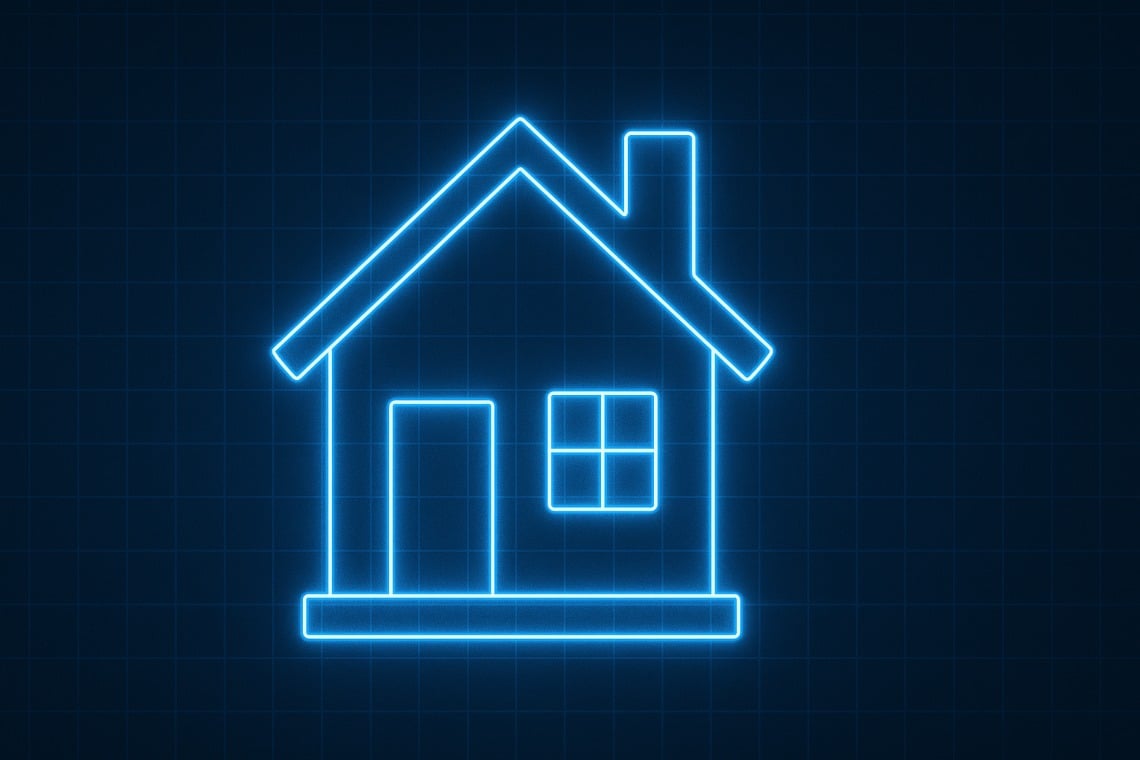The tokenizzazione immobiliare represents one of the most important technological innovations in real estate, leveraging blockchain to convert physical or financial assets into fractional digital representations.
This process allows for the buying, selling, or holding of shares in real estate or related securities in a simpler, safer, and more transparent way. As a result, tokenization opens up new opportunities for operators and investors, overcoming some historical barriers such as operational inefficiency, high administrative costs, and limited retail participation.
Growth forecasts for global real estate tokenization
According to John D’Angelo, an expert in the field, the global market for commercial real estate tokenization is set for significant expansion by 2035.
The Deloitte Center for Financial Services estimates that, from the current 0.3 trillion dollars in 2024, the value of tokenized real estate will reach about 4 trillion dollars in just over a decade, with a compound annual growth rate (CAGR) of 27%.
Main components of the tokenized ecosystem
The market will be structured mainly into three key segments:
- Tokenized private real estate funds, which optimize issuance and secondary trading.
- Ownership of tokenized loans and securitizations, the segment intended to hold the largest share of the market.
- Undeveloped land or construction projects divided via token.
Among these, tokenized property of loans and securitizations is expected to be the most relevant sector, while private funds show significant growth potential thanks to the efficiency introduced by the blockchain.
Tokenized real estate funds: efficiency and accessibility
Tokenization allows private real estate funds to simplify many operations, from fundraising to asset management and secondary trading. Through blockchain platforms, intermediaries are reduced, cutting costs and improving transparency. Existing funds can be converted into tokens either through on-chain systems (completely digital and verifiable on the blockchain) or off-chain (partial records), offering investors the possibility to hold or use as collateral the tokens linked to real estate.
A concrete example is with Kin Capital, which in 2025 will launch a 100 million dollar real estate debt fund on a blockchain platform, marking a further step forward in the digitalization of real estate.
Securitizations and loans: transparency and cost reduction
The securitization and mortgage sector is also evolving thanks to tokenization. Products such as mortgage-backed securities and home equity lines of credit are increasingly managed through blockchain, improving transparency and reducing processing times.
Companies like Redwood Trust and Figure Technologies have adopted these technologies for more efficient reporting and securitizations. For example, LiquidFi publishes daily data related to loan payments, thus reducing management costs and time. This innovative method facilitates more detailed and timely reporting, benefiting both investors and market operators.
Real estate projects and land: new models of fractional financing
Tokenization also allows for the financing of complex real estate projects or undeveloped land through the fractionalization of securities. Operations such as the tokenized sale of a Canadian residential development valued at 300 million dollars, or a 1 billion fund dedicated to data centers globally, demonstrate how this model can attract diversified capital.
This mode allows for the distribution of risk across different types of investments, including debt, equity, and hybrid structures; furthermore, it increases access to more financially challenging projects, potentially offering interesting returns to investors.
Markets and digital platforms for tokenized real estate
The development of real-time markets and exchanges like World Property Exchange and RedSwan has improved the transparency and liquidity of tokenized assets. These digital spaces constantly make the performance of investments visible, allowing for quick and secure trades.
However, the future of the sector requires a technological evolution towards greater interoperability between different blockchains. Layer-2 solutions and cross-chain protocols are under development, which facilitate transactions on different platforms while maintaining privacy and regulatory compliance.
Challenges and considerations for investors and managers
Investors and real estate asset managers must consider various aspects before entering the tokenized market. It is necessary to carefully evaluate the choice of blockchain, token custody solutions, and tax and accounting implications. Additionally, cybersecurity remains a crucial point to address in order to protect digital assets.
An adequate infrastructure, understanding of industry regulations, and the adoption of advanced security protocols are fundamental to fully harness the potential of tokenization and minimize potential risks.
Towards a new digital real estate ecosystem
The tokenization of real estate marks the beginning of a radical transformation in real estate. Thanks to blockchain, fractional ownership, transparency, and operational efficiency will soon become key elements of this market.
In the long term, tokenization can democratize access to real estate investments, expand market participation, and foster financial innovation with new capital models.
Anyone operating in the sector should closely monitor this phenomenon and consider a gradual approach to integrating digital technologies that enhance the investors’ experience and wealth management.
Real estate tokenization represents a frontier that will expand the world of real estate, providing more agile and inclusive tools. The future is approaching rapidly: investing in digital can open new perspectives of growth and competitiveness for professionals and investors.
